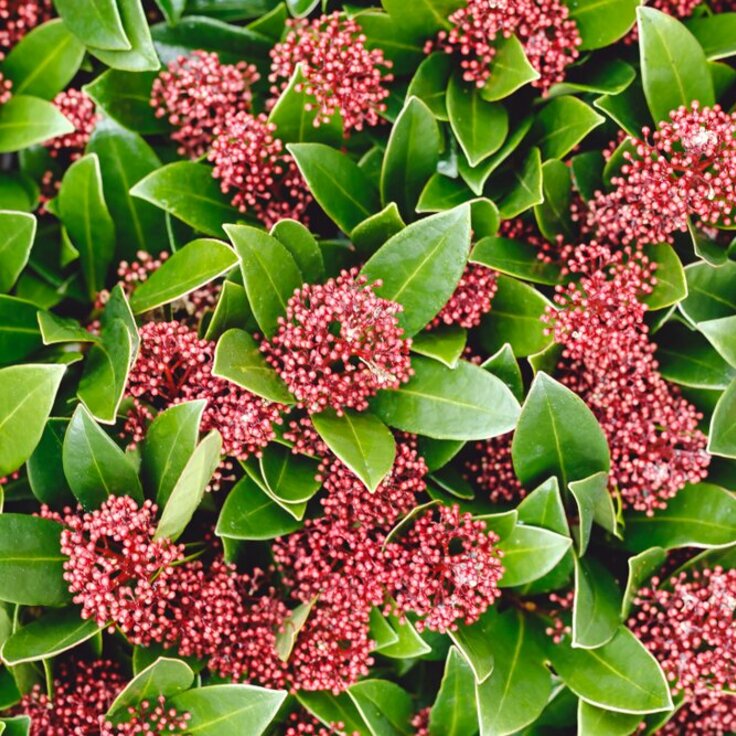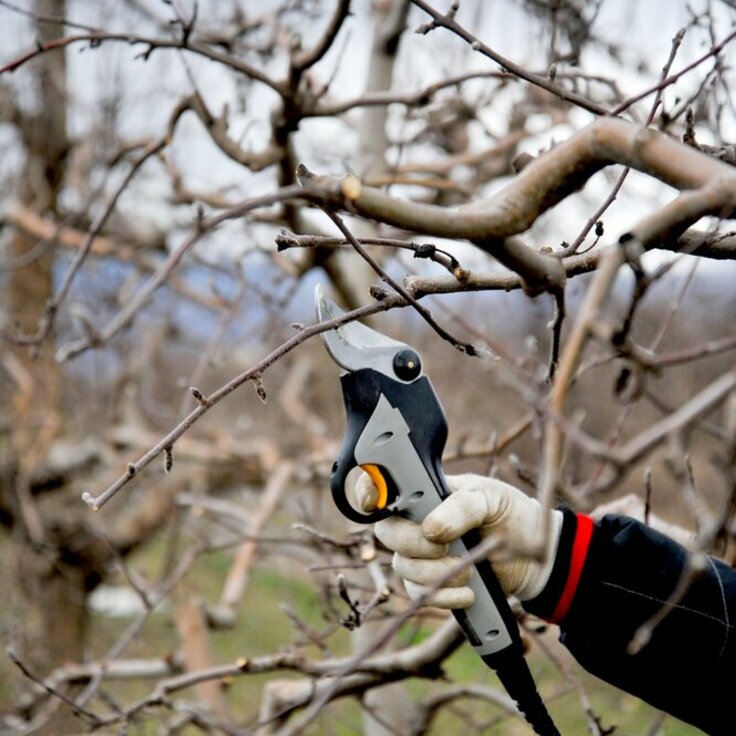Our conkers are being conquered!
There may be a distinct lack of traditional conker fights in school playgrounds across the nation in coming years.
The horse chestnut leaf miner pest has increased rapidly in recent years, and affected trees produce fewer - and smaller - conkers. Gardeners are now being asked to monitor horse chestnut trees for signs of damage by the insect, which the government has classified as an "exotic pest", and then to post their observations online. The pest is a grub of a small foreign moth, and was first reported in the leafy London suburb of Wimbledon nine years ago.
It has since spread out into the country, at the rate of 37 miles (60km) a year. It has now reached Cardiff, Cornwall and Yorkshire. Dr Darren Evans, a conservation biologist at the University of Hull, said: "Infected trees produce smaller conkers. It means that one of our most traditional games is under threat," The greedy grubs cause large, whitish blotches on leaves, which then shrivel and turn brown. The larvae live in colonies as large as 700 on a single leaf, and can strip a tree of all its leaves by mid-summer. Affected trees do recover and sprout new leaves the following spring.
However, over time they grow weaker and produce smaller conkers. Because of the sizes of mature horse chestnut trees spray controls are not practicable, but scientists hope that natural predators of the insects can be identified, and then mass-produced and introduced. Researchers now want people from all over the country to see if horse chestnut trees in their area have been infested. The study will build on a database set up by the Forestry Commission, which last year involved 3,500 leaf-watchers nationwide.
Anyone wanting to participate in the online survey can do so by visiting www.ourweboflife.org.uk.








